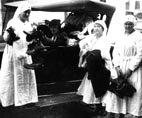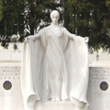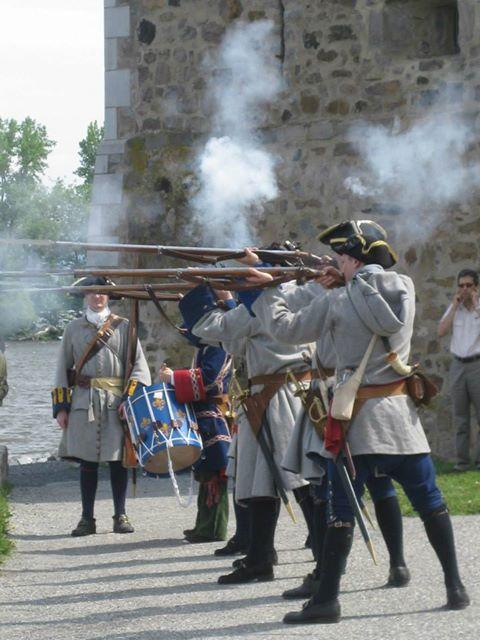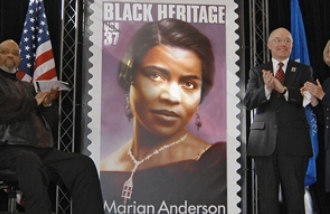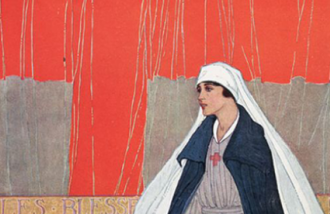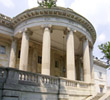Historical Significance:
"The impressive stone structure standing today was finally finished in 1711. New France's chief engineer, Josué Dubois Berthelot de Beaucours, himself personally supervised the project designed in the classic style of Vauban. The completed fortress assumed a new name- Fort Pontchartrain, for the French naval minister.
The fort served the French king until the end of the French and Indian, or Seven Year's War when it was evacuated by the retreating French under Bougainville. On September 1, 1760, the fortress at Chambly became a British bastion. By September 8th, all of New France was in the hands of the British.
Relative quiet was the norm at the falls along the Richelieu as French Canada adjusted to British rule. The British went out of their way to accommodate the religion and customs of their new French Canadian subjects. Governor Carleton had ensured the acquiescence of the clergy with the passage of the Quebec Act, which effectively guaranteed religious tolerance in Lower Canada. A period of peace and prosperity settled upon the inhabitants of the Richelieu valley.
The King's subjects to the south, however, were becoming discontented with British rule. The rumblings of an independence movement turned into open rebellion. By September 1775, the Americans had formed an army and invaded Canada. At first the invasion went remarkably well, the Americans hoped to use what they believed was French Canadian frustration with British rule to their advantage. Several attempts to win the French in Lower Canada over to the rebel position were made. Some Canadians did come over, when the fortress at Chambly fell to the Americans under Maj. John Brown and James Livingston on October 18th, the attacking force was overwhelmingly Canadian allied with the rebels.4 On November 1, St. Jean capitulated. The Americans transported vessels, including at least two gondolas, over the rapids and into the St. Lawrence. On November 13, the American rebels occupied Montreal. This large city and the entire Richelieu valley were under American control.
The American hold on Lower Canada was to prove short-lived, however. At Quebec City, the rebel fortunes would change. Other enemies, equally formidable, were to take a toll. The Canadian winter and Smallpox would play a key role in the campaign. During a furious battle at Quebec City, the rebel advance was finally stemmed. American General Richard Montgomery, who led the force advancing down the St. Lawrence, was killed. Quebec remained under siege until the first part of May, 1776. On May 6, a massive British fleet arrived at the City. The heady days of victory and advances were over. A frantic and miserable retreat ensued. By the time the rebel forces reached the rapids at Chambly, smallpox had devastated the bedraggled force. Reportedly, over half the army had contracted the disease. American General John Thomas took ill and died within two weeks. He is buried at Chambly. There is a monument to his service on the grounds of the fort. General Thomas is but one of many soldiers, French, Canadian, British and American, buried (mostly in unmarked graves) here." By James P. Millard on the website: http://www.historiclakes.org/canada/chambly.htm


